What's in a Name? A Color!
Which color? Red, White, Blue and Flock of Yellow
“What’s in a name? That which we call a rose/ By any other name would smell as sweet.” This is Juliet’s line spoken on her balcony. I suppose that whatever we would call the following birds, they would still look pretty.
RED
Red-winged Blackbirds are a common sight throughout the US and are seen on cattails in wet habitats as well as irrigated fields and pastures. The males are glossy black and have a bright red patch (epaulet) bordered by yellow on their shoulders. Tucson Bird Alliance writes about these jet-black birds.
Here is an adult male Red-winged Blackbird alongside a young male Red-winged Blackbird. The first year males, hatched this year, do not have the tell-tale red wing patch of the adult males. They are brownish with a black head. Females are very streaky and have a light eyebrow which this bird lacks. If you have ever been fortunate enough to be near a marshy area or pond or field that is full of Red-winged blackbirds, you will recognize their song.
Two male Red-winged Blackbirds. The one on the left has more brown wings and is not yet glossy black like the adult on the right. You can still see brown primary feathers in his folded wings. The bird on the left is just over one year old, in his second summer and after his next molt will come into his full adult plumage.
WHITE
White-faced Ibises can be found in Arizona during the summers. Wetlands are their habitat but flooded agricultural fields mimic the habitat that these birds like to inhabit. Non-breeding adults and immature birds lack the bright white faces that breeding birds have. So even though we can't see the white in this bird's face now, it will have white bordering its eye during next year's breeding season. Ibises use that long, curved bill to probe for insects in the mud.
BLUE
I feel that Blue Grosbeaks are one of the more spectacular looking birds that arrive in southern Arizona every summer. Many are still hanging around and I will miss them when they are gone. Male Blue Grosbeaks are stocky birds with a huge triangular, silvery bill that seems to cover much of its face.
At a distance, Blue Grosbeaks can appear black but their profile and color stands out even from afar. Here is one at the top of a Palmer's Amaranth plant on the edge of a farmfield. In the distance is one of those long CPI (Central Pivot) irrigation systems. The Grosbeak appears to be surveying his kingdom.
YELLOW
Blackbirds are known for their flocking behavior. No matter what type of blackbird, they all live in large flocks. We came across a large group of Yellow-headed Blackbirds at the edge of a farm one morning. While we were watching, a second group of Yellow-headed Blackbirds flew in and joined the first one. The sounds of a flock of Yellow-headed Blackbirds have been described as a large rusty farm gate opening, a buzzy, screeching, squawking sound. What does this large flock sound like to you?
A closer look shows us why these birds have the name that they do. Adult male Yellow-headed Blackbirds have a bright yellow head. There were virtually no adult males in this flock. Males usually migrate separately from females and juvenile birds and Yellow-headed Blackbirds are beginning to arrive in southern Arizona now for the winter. Females and juveniles are not glossy black but more of a brown with duller yellow heads.
And then in a rush the flock took off.
And then they were gone. I returned to this farm a few days later and found a small group of Yellow-headed Blackbirds on the ground.
It is nice when a bird's name tells you a bit about the bird, as seen with these birds with colors in their names.


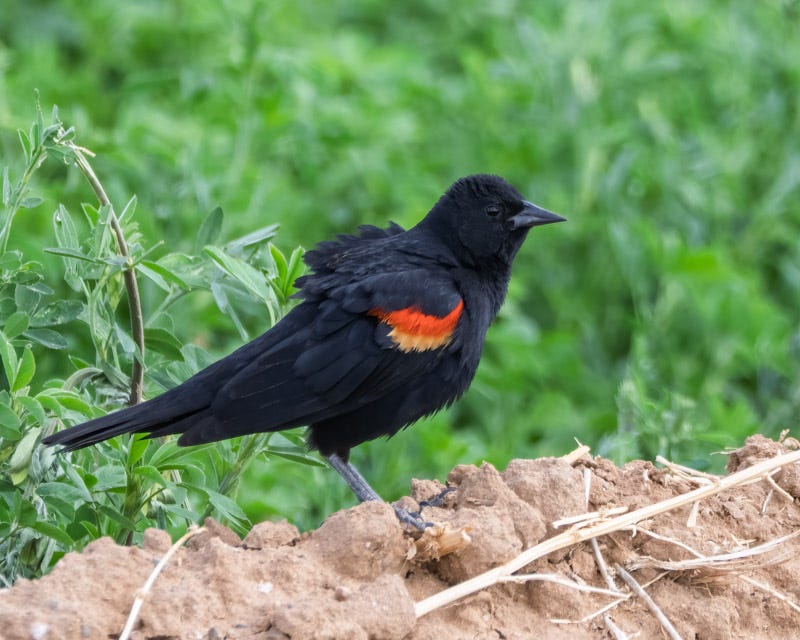
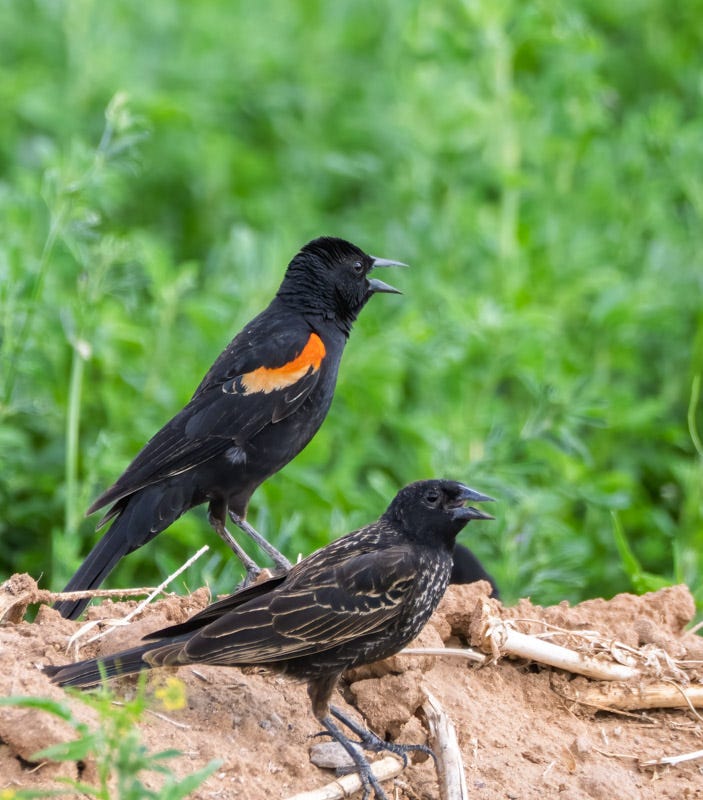
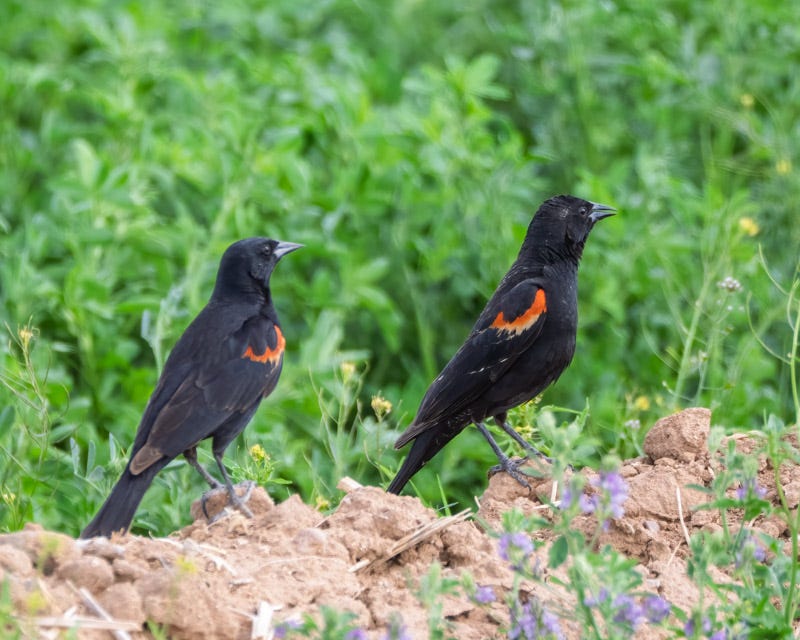

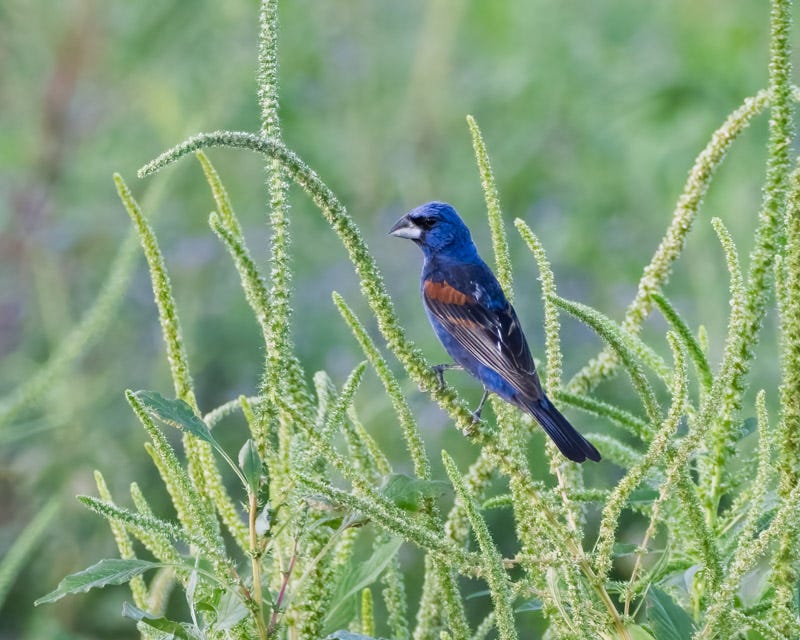
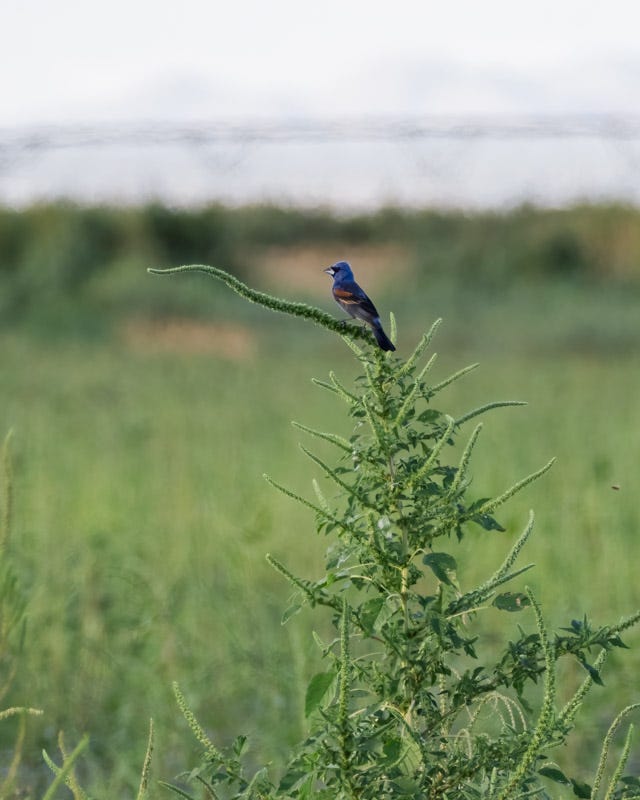
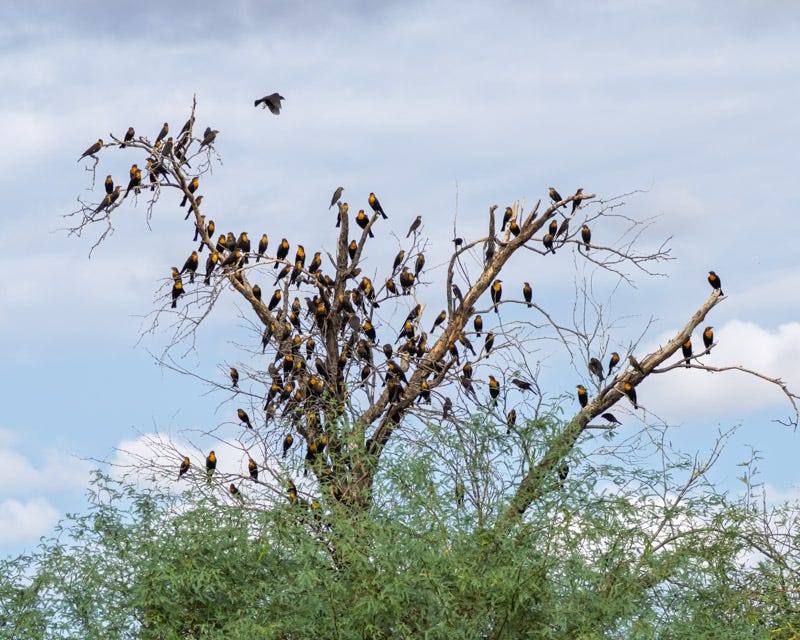

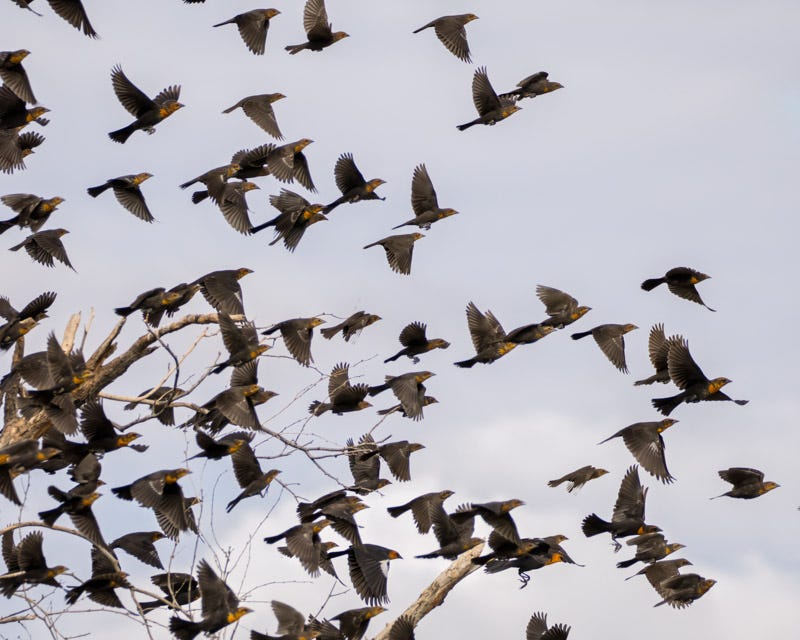
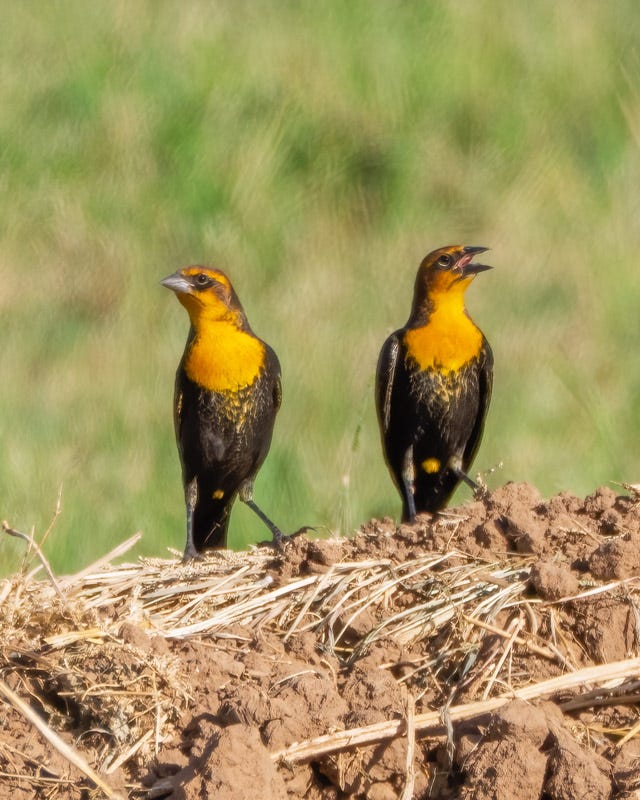
There are some beautiful and dramatic photos here
Beautiful colors. The yellow headed blackbirds sound like a pack of hyenas to me!